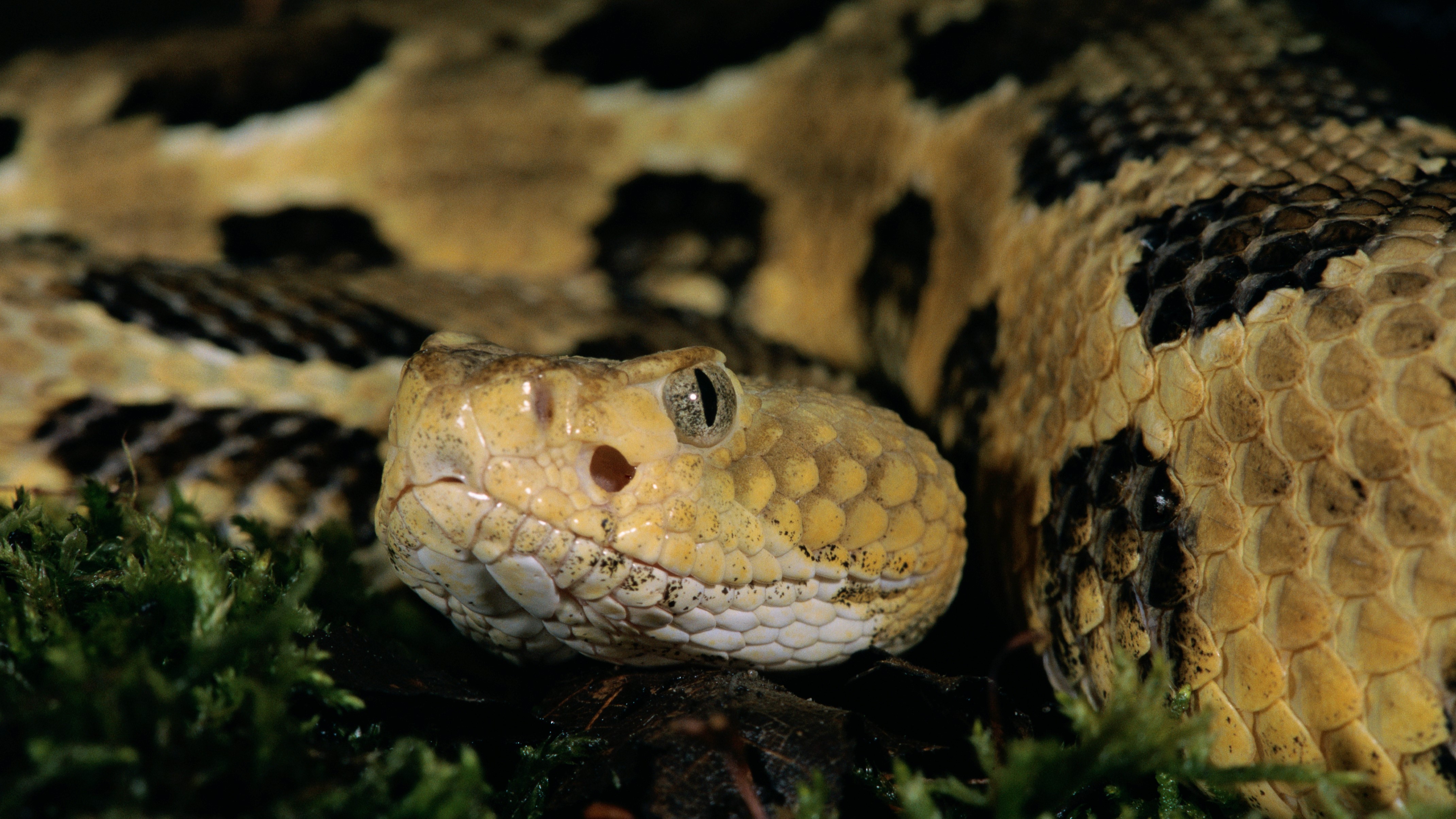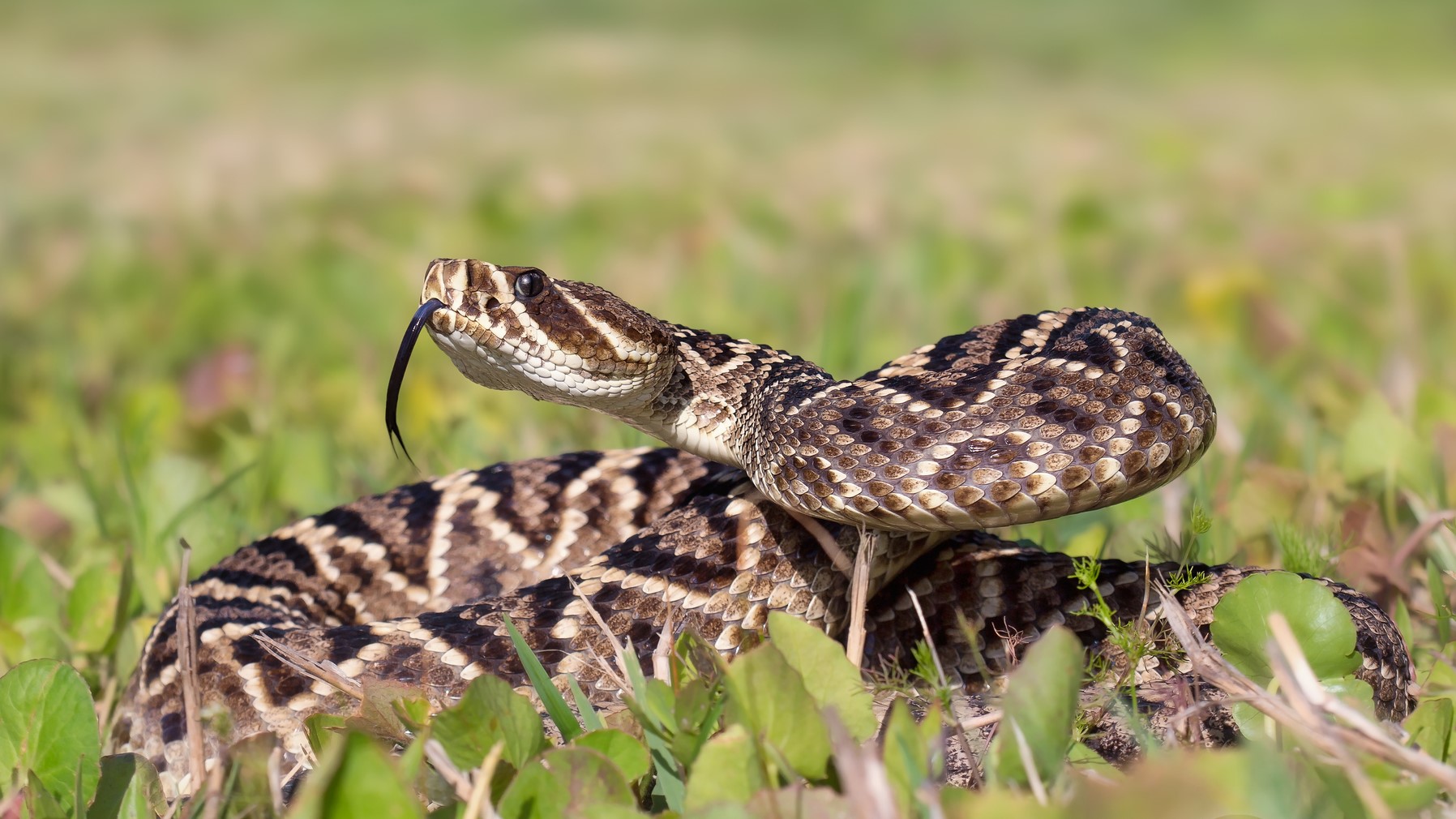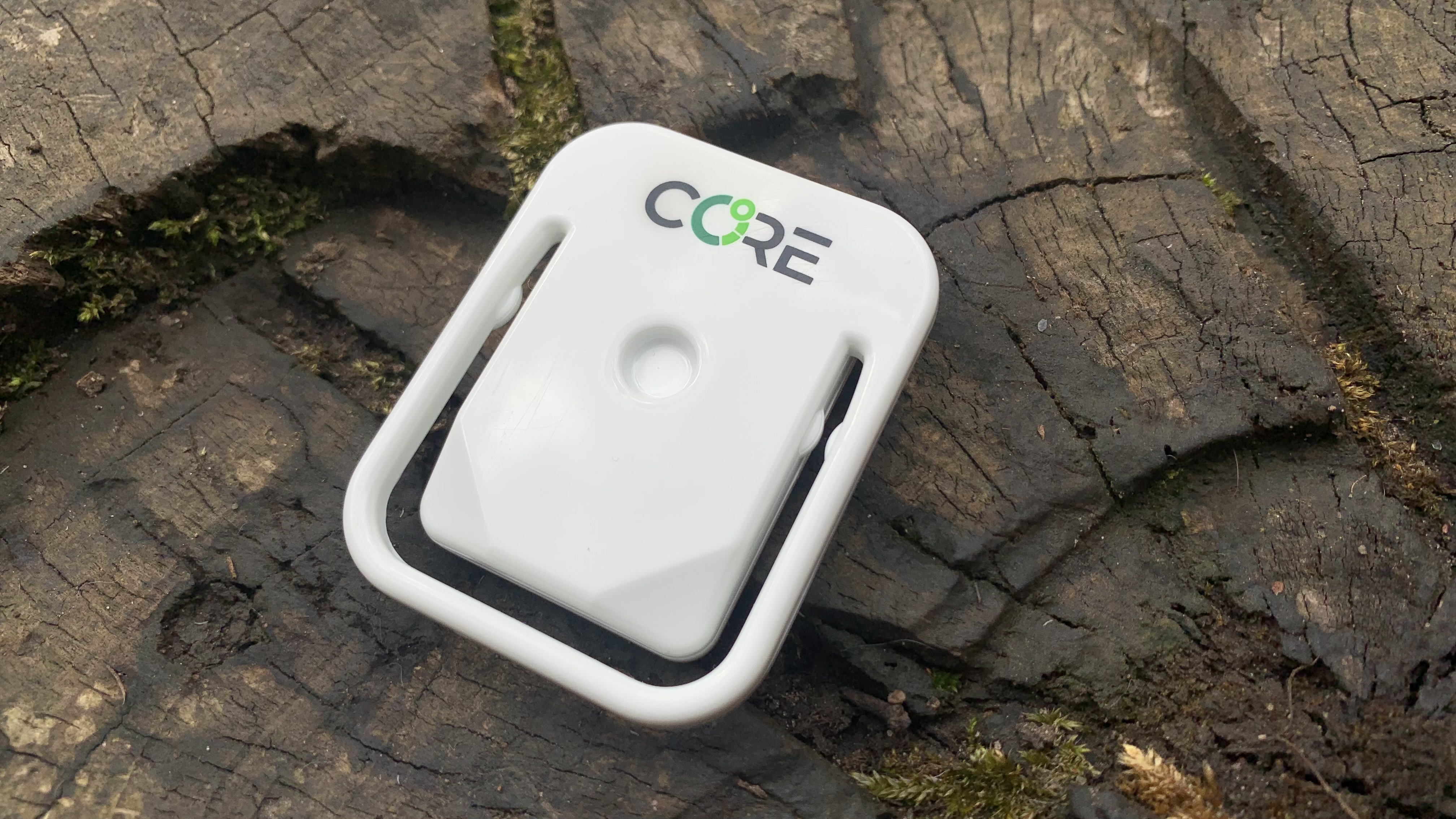"Back off if you hear a rattle” – 78-year-old hiker issues warning after startled rattlesnake bites her
The hiker says she's been hiking in Arizona for 25 years and finally got unlucky

A 78-year-old Arizona woman has issued a warning to other hikers after she was bitten by a rattlesnake. Martha Troy, a Scottsdale resident, says she has been hiking in Arizona for 25 years and finally got unlucky.
According to Banner – University Medical Center Phoenix where Troy was treated, she was hiking with her daughter and granddaughter at the Spur Cross Ranch Conservation Area in Cave Creek on Saturday when the incident occurred. She was reportedly on her way back to the trailhead when she heard the warning rattle and was immediately bitten on the ankle before she had the chance to react.
“Do not walk off-trail, look ahead on the ground, and back off if you hear a rattle,” says Troy, a retired intensive care unit nurse, in her advice to other hikers.
“Know what treatment you should and should not do for a rattlesnake bite, and get help immediately if you experience one.”
According to Dr. Anne-Michelle Ruha, chief of the department of medical toxicology at Banner, if you are bitten by a rattlesnake the most important thing to do is get medical treatment as quickly as possible.
“While applying a tourniquet or trying to suck out the venom are discouraged and can cause more harm, elevating the wound may aid with any swelling.”
Troy was first taken to a small hospital in Cave Creek before being transported to Banner for further treatment. The hospital reports she has made a smooth recovery.
Advnture Newsletter
All the latest inspiration, tips and guides to help you plan your next Advnture!
This was the first rattlesnake bite patient this year for Banner, which doesn’t typically see such cases until March, however the hospital has warned of increasing rattlesnake activity now temperatures are on rise. On average, the facility sees between 50 and 60 rattlesnake bites each year.

Rattlesnake safety
According to the Centers for Disease Control and Prevention, of the 7,000 to 8,000 people bitten by snakes in the U.S. every year, only about five result in fatalities. Rattlesnakes, water moccasins and copperhead snakes are responsible for the overwhelming majority of venomous snake bites in the U.S.
Most snake bites occur when people try to move or kill a snake, however you can help yourself out by hiking with others, avoiding overgrown others and wearing hiking boots with gaiters to protect your ankles. Use a trekking pole to tap the ground ahead of you if you can't see where you're stepping. Learn more in our article on what to do if you see a snake on a trail.
Julia Clarke is a staff writer for Advnture.com and the author of the book Restorative Yoga for Beginners. She loves to explore mountains on foot, bike, skis and belay and then recover on the the yoga mat. Julia graduated with a degree in journalism in 2004 and spent eight years working as a radio presenter in Kansas City, Vermont, Boston and New York City before discovering the joys of the Rocky Mountains. She then detoured west to Colorado and enjoyed 11 years teaching yoga in Vail before returning to her hometown of Glasgow, Scotland in 2020 to focus on family and writing.

